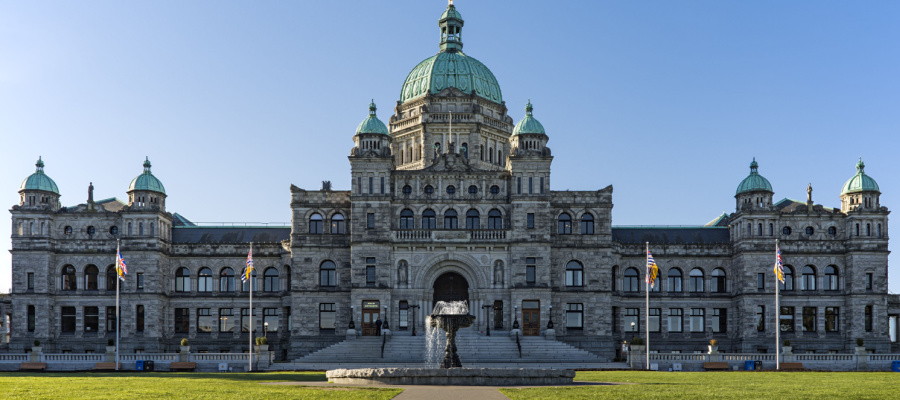Following the money in BC communities
It is one of those publications that few media outlets will report on, and even fewer British Columbians will read, but BC Stats just released the latest version of its Local Area Economic Dependencies, updated based on 2006 census data.
This publication basically asks where the income in various BC communities comes from. In many communities the resource sector is the number one employer, and this usually means forestry, though in a few it means extraction of minerals or oil and gas. No surprise there.
But what is really interesting is how much the public sector is a player (and here we are talking only about federal and provincial jobs as money that comes from outside the community). In almost every community the public sector employs a major share of the local population, typically accounting for between 20 and 30% of local income (with a low of 14% in Fort St John and a high of 50% in the central coast of Vancouver Island). This includes civil servants in federal and provincial ministries, but also teachers, doctors, nurses, social workers and so on. All totaled, the public sector is the number one source of income in many communities in BC, and in the major resource communities it is a close number two.
In addition to employment in the public sector, another major source of income for all BC communities is income transfer payments (federally this includes the GST credit, the Canada Child Tax Benefit, Old Age Security, Canada Pension Plan and Employment Insurance; provincially, Income Assistance). These range from 5 to 26% of income in BC communities, with an average in the high teens.
If you add both public sector jobs and income transfers together, the broader public sector is the number one source of income in all but three of the 63 communities listed in Table 2.1 (pages 8-9). Which is why the budget cuts delivered by the Liberals in their first mandate (between 2002 and 2004) hurt so much. True, all of those communities also pay taxes that flow out of the local economy, but as we pointed out in a CCPA study a few years ago, this dynamic was a net loss for the vast majority of BC communities outside Vancouver and Victoria because the “hinterland” gets back more public sector income than they pay in taxes.
The impact of those cuts has been masked by a boom in resource extraction and exports due to high commodity prices and due to accelerated cuts in response to the mountain pine beetle. It will be interesting to see an update of the economic dependency numbers after the next census, as this BC snapshot was taken at the top of a commodities boom that has now gone bust.
The lesson is that the public sector provides a major bulwark against bad economic times. Without all of those public sector jobs and transfer payments, the closure of a mill would lead many a community to turn into a ghost town. Some are now arguing that in the current economic crisis, the public sector needs to tighten its belt by downsizing operations, and jobs. But that would only worsen the pain, and lead to a longer and deeper slump. If anything we need more public sector income to be a stronger counterweight that sustains BC communities.
Topics: Economy, Employment & labour, Environment, resources & sustainability, Poverty, inequality & welfare, Provincial budget & finance, Taxes

